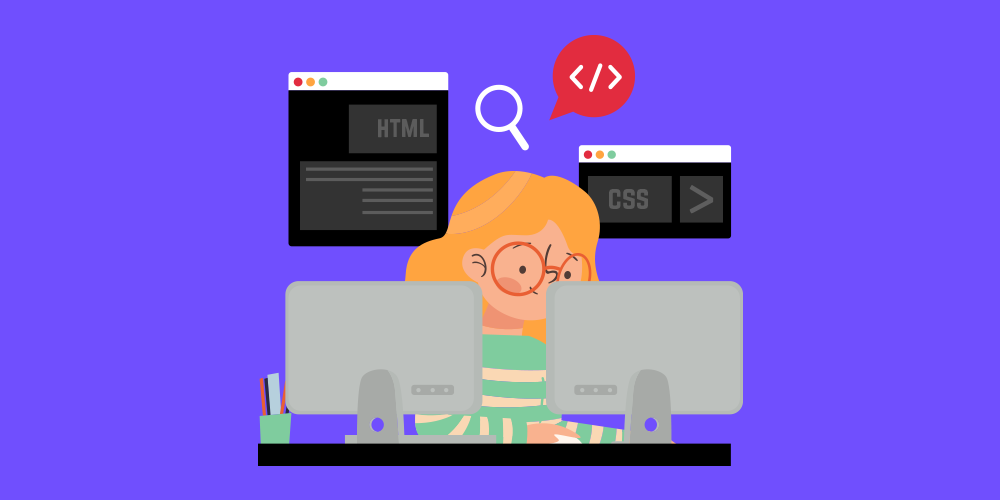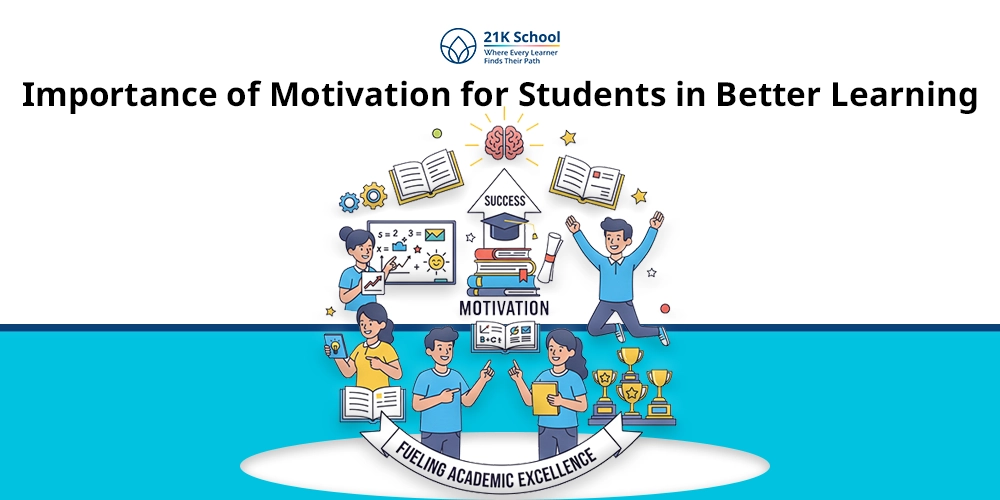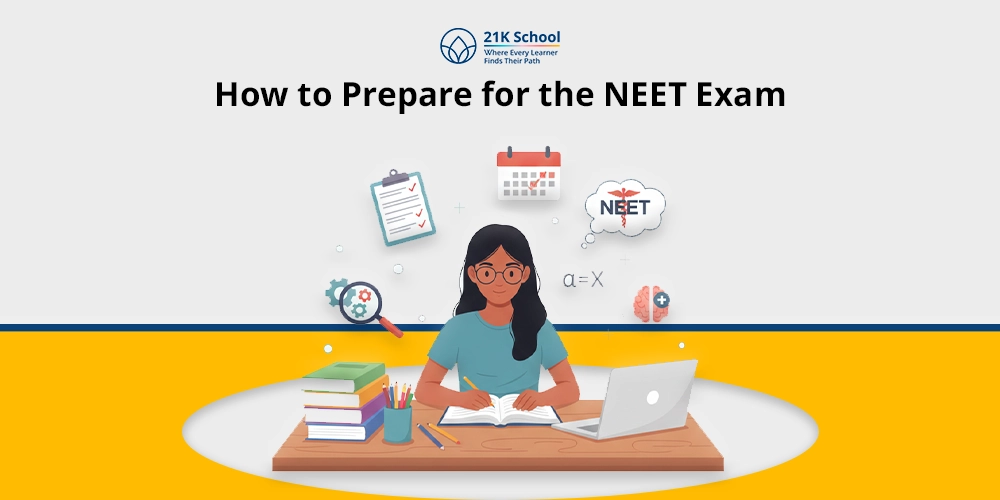
Today, learning how to code is as crucial as learning how to read or do mathematics. Coding was once considered something only software developers and IT staff did.
But now-a-days, it is important for logical thinking, creativity and fixing problems. Kids can start with simpler programming languages which is good news.
Plenty of platforms and languages exist for beginners and all are made for easy coding that encourages learning. Learning programming as a child helps them succeed at work and also improves their ability to solve real-life issues.
Early at age 5, children can start learning how to code, with the support of correct tools and help.
The article looks at the best programming languages for young learners, depending on their age and what they already know. It also explains what makes each special.
Contents
Leading Programming Languages For Young People
1. Scratch (Used by students from ages 5 to 12)
Type: Block-based
Platform: Available in web browsers like Firefox, Chrome and Edge.
Overview: Scratch, which was made at MIT, is the most popular programming language used by kids. Instead of needing to learn syntax, you snap colorful blocks together to write your code.
The Advantages for Kids:
- An effective and intuitively designed user interface.
- Drag-and-drop commands.
- It is possible for kids to design animations, games and stories on Scratch.
Who should use this: People who have never written code before.
What Are Children Exposed to:
- Logical sequencing
- Loops and events are different concepts.
- Basic animation
- The art of making games people engage with through their actions
Tips: Suggest that kids sign up for the Scratch online community to display their creations and discover what other people make there.
Also find how long it will take to learn Scratch programming Language.
2. Blockly (Designed for Ages 6 to 12)
Type: Block-based
Platform: Web
Overview: Google developed Blockly, a language that also uses blocks like Scratch but shows more real code (JavaScript, Python and others). It is usually a stepping stone to working with text code.
Reasons Kids Enjoy It:
- Introduces the language step by step by using examples and illustrations.
- Used widely in software designed for educational apps and robots.
Meant For: Children graduating from coding by images to programming languages.
Kids gain these lessons:
- Problem-solving logic
- Simple programming structures
- Seeing what real coding languages do can help you understand them better.
3. Python (People aged 10 and up)
Type: Text-based
Platform: You can use Desktop or online IDEs like Replit or Thonny.
Overview: The language Python is popular because it is easy to understand and use. Since it is written very simply, it is the best choice for any kids looking for something beyond blocks.
The Benefits for Kids:
- Source code that is neat and readily understandable.
- Can access a large community and learning tools.
- AI, robotics and web development areas use it professionally.
Best for: Pre-teens and teens who want to learn about real-world skills.
Here are the 20 HTML, Python & Coding Vocabulary Every Kid Should Know.
Children Learn:
- In programming, we use variables and functions.
- Conditional logic (if/else) and loops
- Programming ideas and code are expressed using text.
- Application development
Tips: A good place to start is with small, text-based activities (such as “Guess the Number”).
4. JavaScript for beginners (Ages 12+)
Type: Text-based
Platforms: Browsers and online programming tools get the job done.
Overview: JavaScript is used for almost every website. They can make websites and games using the program. Since JavaScript is used with HTML and CSS, it allows developers to fully create websites.
Benefits for Kids:
- Results appear on the spot in your web browser.
- Used often by large organizations and often in the credit industry.
- A great gift for artistic children who like designing.
Suitable for: Any teenage student looking at web development or app design as a future career.
Main Ideas:
- Event handling
- User interfaces designed to be flexible.
- Website interactivity
Tip: Get started on Code.org or Khan Academy’s JavaScript courses.
5. Lua (Grade 5-7)
Type: Text-based
Platform: A gaming platform, used for example in Roblox Studio
Overview: Lua is a light programming language used often for game scripting. Kids can build their own games and write scripts using Roblox Studio in Roblox.
The Benefits for Kids:
- Students are more drawn to learning through games.
- Sparse syntax in comparison to other programming languages.
- A big network of creative people on the web.
Suitable for: Made for kids who enjoy gaming and wish to make their own games.
Lessons Kids Get:
- Game logic
- Making and naming functions and variables
- Event-driven programming
6. Swift for Kids (Ages 9+)
Type: Text-based
Platform: This environment works best on iPad or Mac (using Swift Playgrounds)
Overview: Swift is the programming language by Apple used for iOS apps. Swift Playgrounds on the iPad teaches coding by transforming Swift into a game-like application.
What Makes it a Great Choice for Young People:
- It is simple to use and very well designed.
- Using what is learned from real-life problems in app development.
- Allows people to develop critical thinking skills.
Best For: Individuals using an iPad looking to get into app development.
Key lessons children gather:
- How code is written and what it does
- Creating the appearance and layout of software
- Making useful iOS applications
7. HTML and CSS (Ages 10 to 15)
Type: These are both markup and styling languages.
Platform: Editor or browser-based tools (CodePen, JSFiddle)
Overview: Although it’s not a traditional programming language, HTML is necessary when making websites. They show you a good start to understanding website development.
What’s Excellent About It for Kids:
- On-the-spot images.
- Access to creativity is possible because of website design.
- Serves as the base for JavaScript learning.
Suitable For: The term may appeal to creative teens who like design and the internet.
What do Kids Achieve:
- How the web page is built and the way it is laid out
- Typography and color schemes
- Making personal blogs or portfolios
Why is It Important for Kids to Learn to Code?
Before we talk about specific programming languages, we should look at why coding is good for kids:
- Problem-Solving Skills: When they are programming, kids learn to identify key aspects of a bigger challenge.
- Creativity: When kids write code, they can make games, animations and stories.
- Resilience: When code is being debugged, you have to keep trying and pick up learning points.
- Logical Thinking: Supports understanding of how events are connected.
- Being Future Ready: Almost every career requires people to have tech skills.
Great Platforms and Tools for Children
- Scratch: visit scratch.mit.edu
- All ages can use and try out coding courses from Code.org for free.
- Tynker: Build programming skills using fun games and projects.
- On Replit, you can write Python, JavaScript and other computer programs directly in your browser.
- Swift Playgrounds is an iPad app made for learning Swift.
- Kodable: A fun way to learn programming basics.
- Build games in Roblox by working with Lua in Roblox Studio.
Suggestions for Parents and Teachers
Sometimes, it can be tough to pace-up with the fast moving knowledge of technologies. And still be able to manage the required education of your children, especially in subjects like coding.
Parents shouldn’t be overwhelmed and should focus on the following steps to assist their children into learning programming:
- Begin by completing basic projects so you develop your confidence.
- Motivate kids by letting them build not only programs but also things they like such as games, stories or websites.
- Challenge students to try things out; errors are opportunities to solve problems and learn.
- Try to join online communities, clubs and take part in programming competitions.
- Notice your progress in any way, big or small, to keep yourself dialled in.
Wrapping Thoughts On Programming
Exposing kids to programming gives them access to many opportunities and helps them think creatively while handling problems.
Through coding languages and tools made for children, kids are able to practice at their speed and develop relevant skills.
No matter if they prefer Scratch for games, Lua in Roblox or HTML and JavaScript for websites. The essential skills acquired will support them for a lifetime.
Having your child, whether at 6 or 16, begin with coding at this stage is a terrific idea. Backed by the right assistance, they’ll explore questions, not just discover code.


